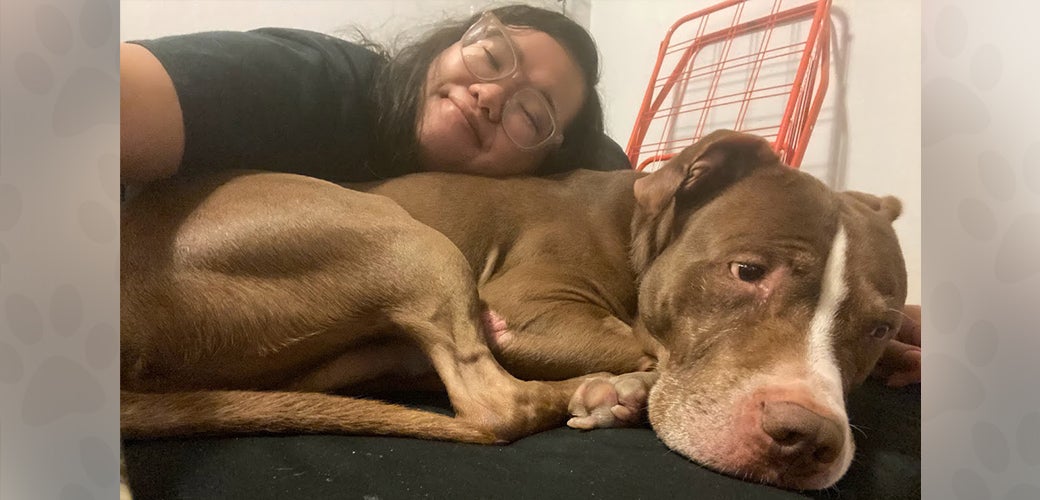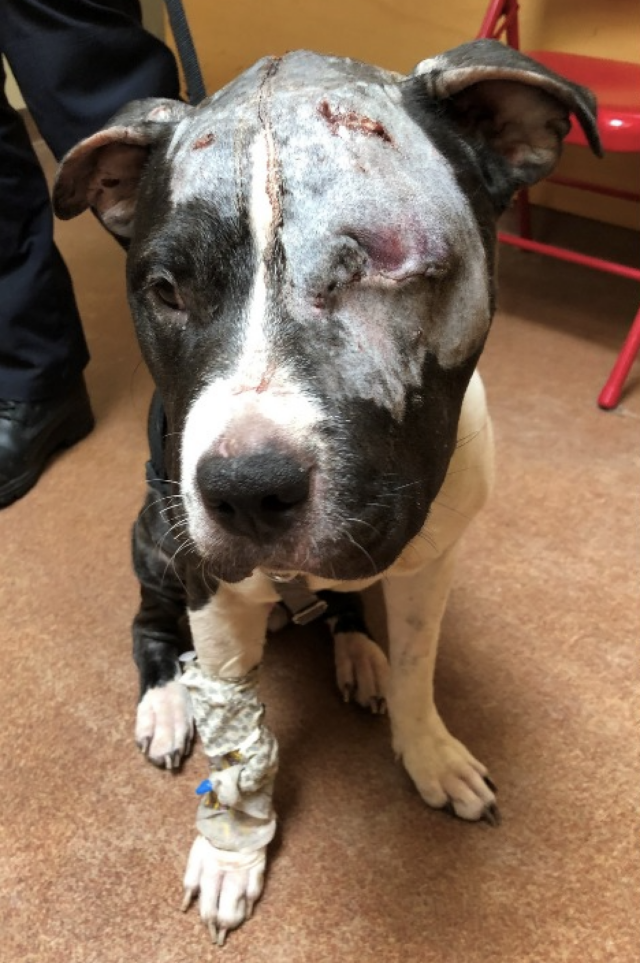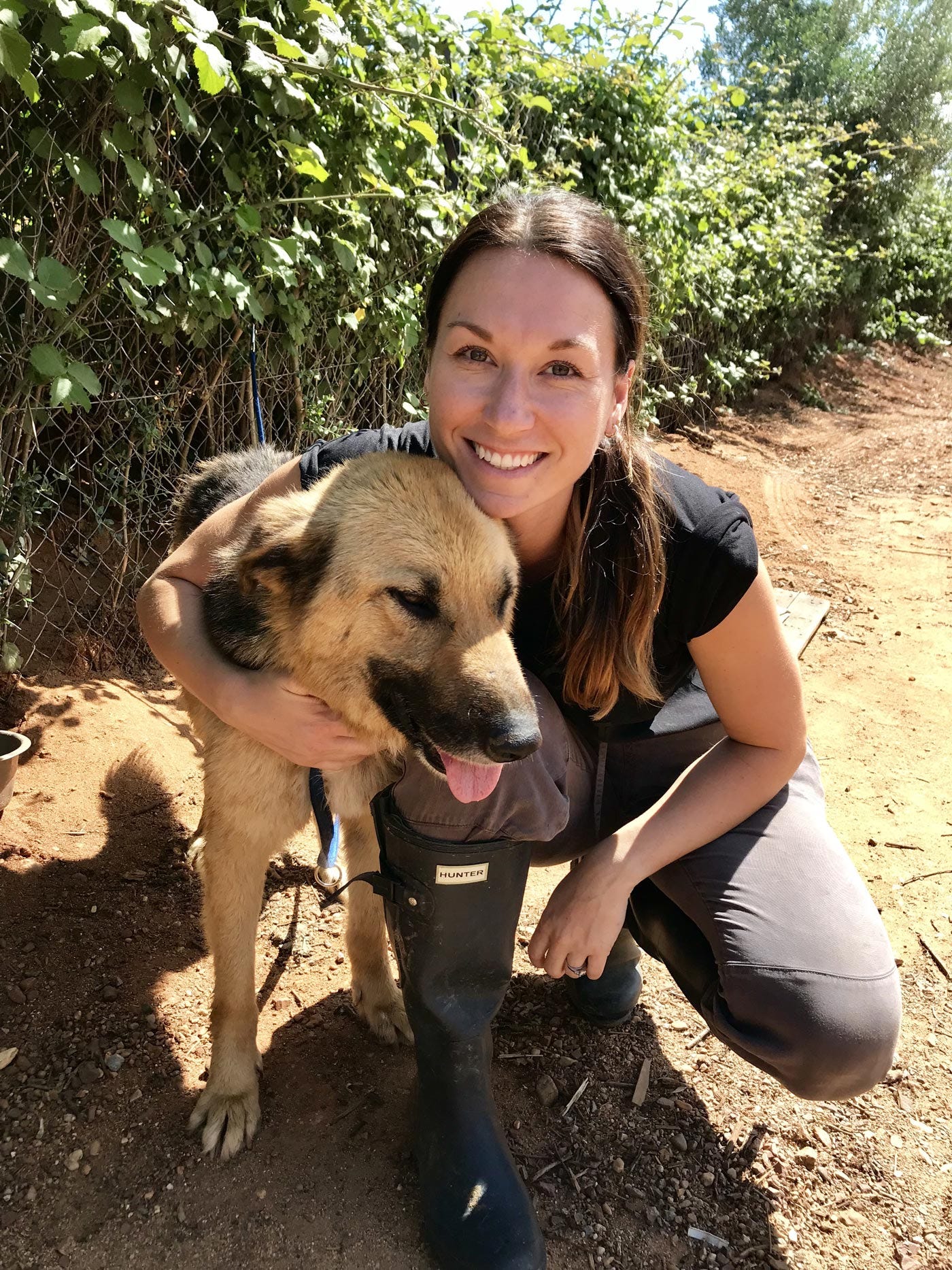Lessons I Learned From Tips About How To Deal With An Abused Dog

She may need her own space to retreat to, such as a.
How to deal with an abused dog. Use positive reinforcement instead of negative. You can gain the animal’s trust by learning to read her body language and giving her plenty of space and room to heal. Compassion moves us to alleviate suffering and helps us to take responsibility for changing a bad situation.
When training or retraining an abused dog, keep any sessions short, with just a few minutes of actual touch each time. If you have taken an abused dog into your care, you want. Always give a dog space, a safe and.
If we see a sick animal on the side of the road and just feel sorry for. By providing a safer and more comfortable shelter, you get to provide a reliable place to lean on. However, if we show our pride in these dogs and appreciate each and every progress they make, they too will feel pride and.
Learn to spot the triggers. One of the best ways you can help an abused dog is to let him retreat. Try to make sure your dog is.
Though you may be eager to start introducing your new friend to the joys of belly rubs and romps in the yard, everything will be new and scary to an abused or neglected dog. Raising your voice (either to the dog or to other people) saying a word or term that was used by the former owner raising a hand, as if to hit touching the dog in a wounded area. This is always best with dogs, but.
Avoid making eye contact, yelling, clapping, or posturing, as these could encourage the dog to attack. Eventually, a warm, loving approach is the key to calming an anxious dog. Dogs that underwent abuse under a previous owner usually suffer from ptsd and anxiety.

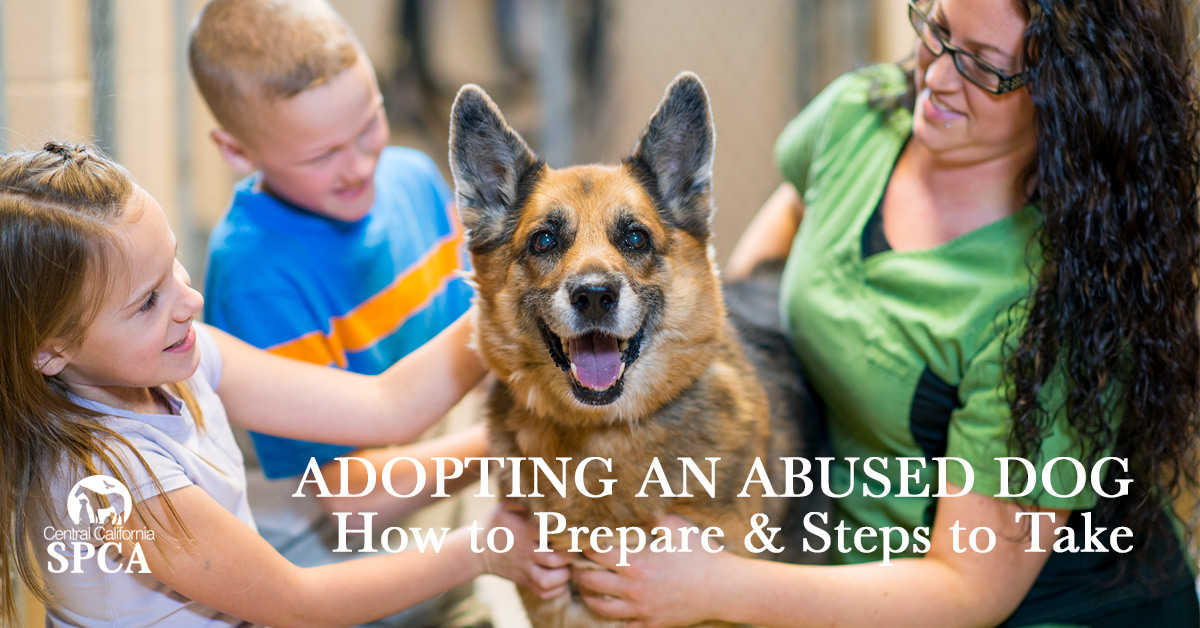
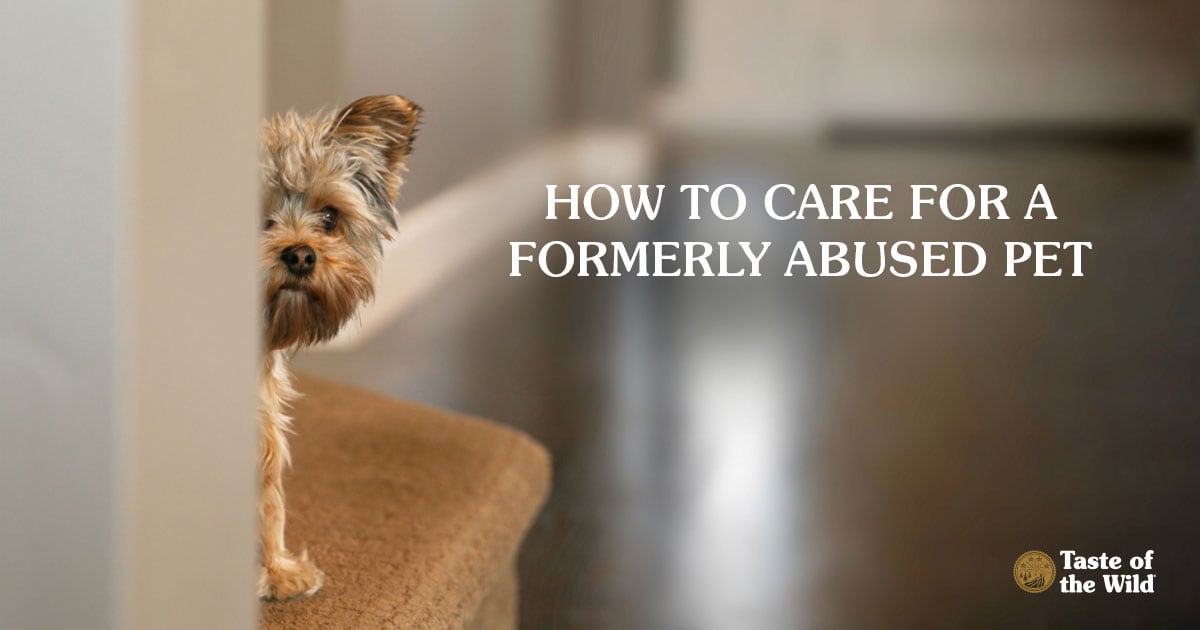
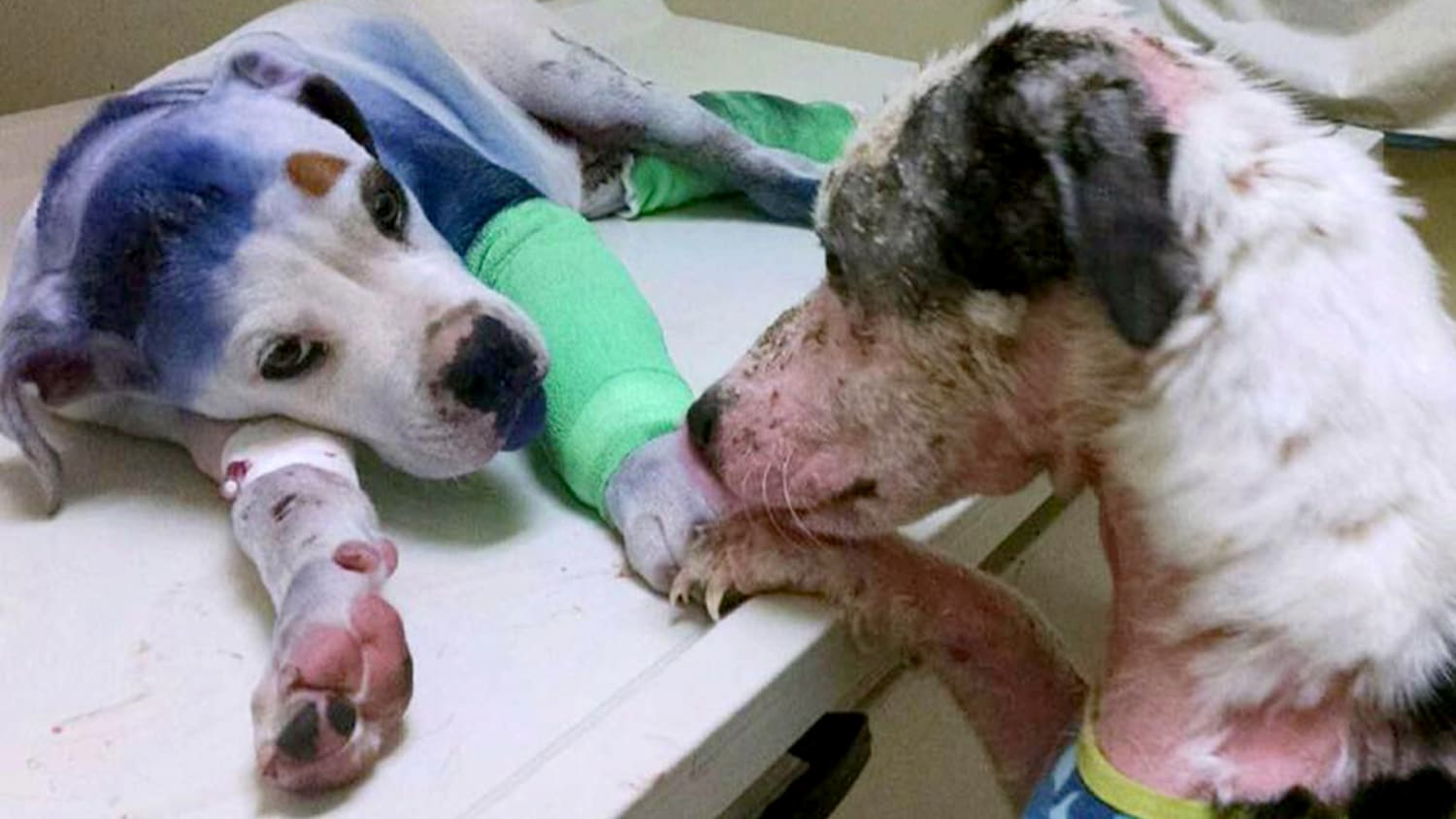
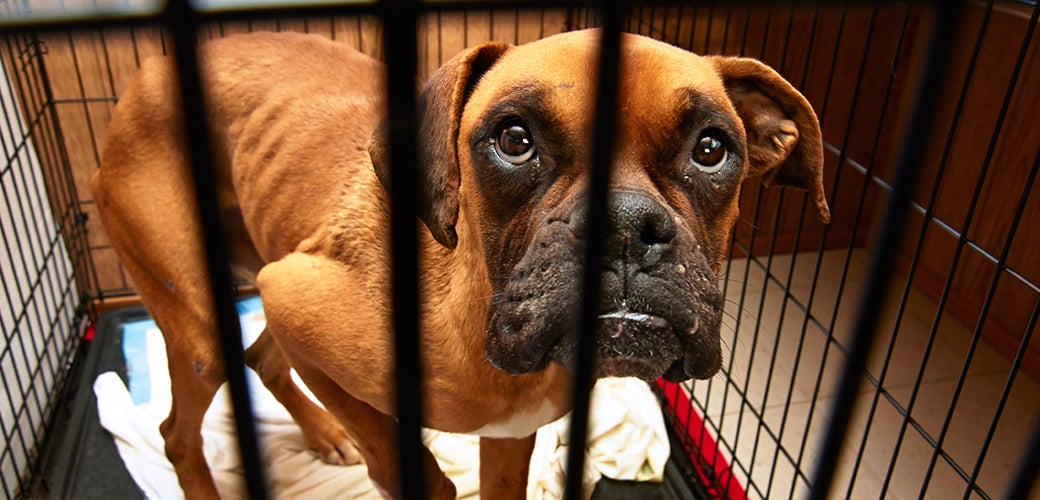


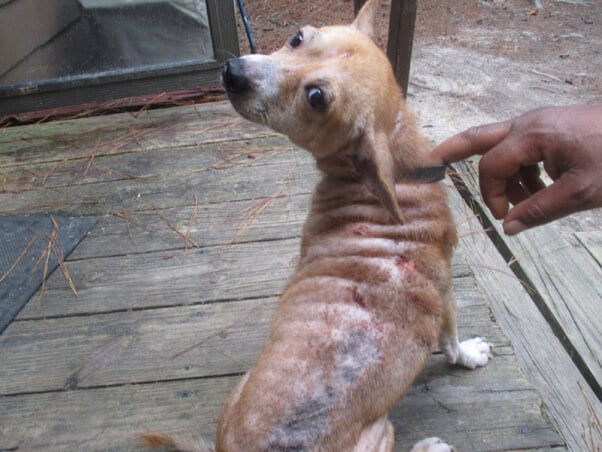

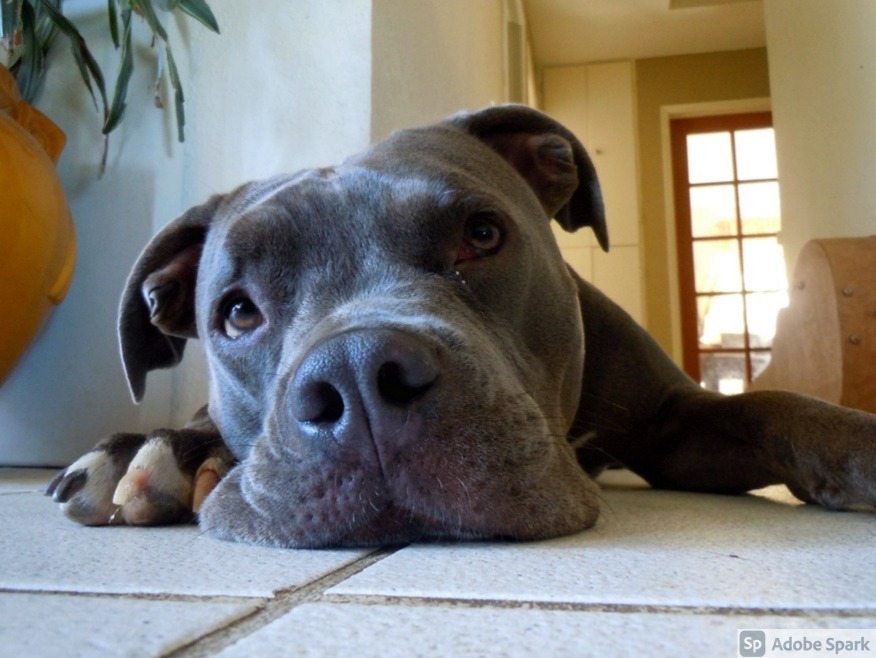
/cloudfront-us-east-1.images.arcpublishing.com/gray/UHQ6M2EVTBBULLJBTN3F3GC5E4.png)




